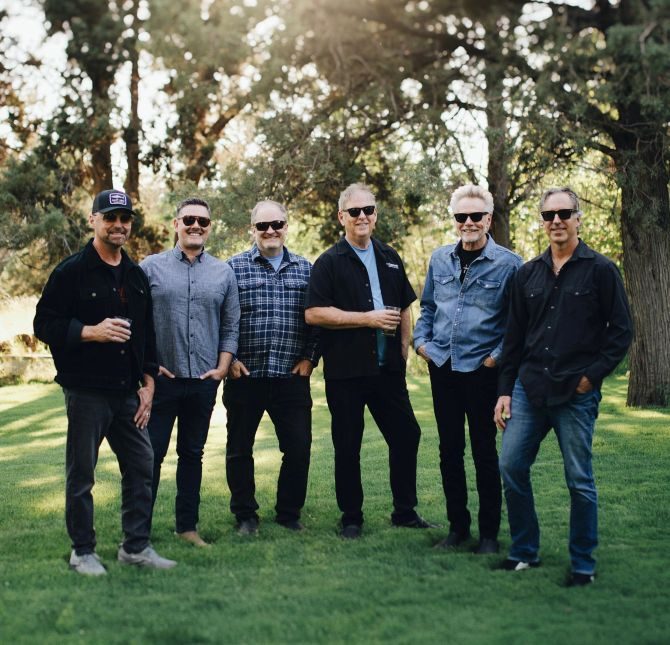Russian sage: High desert, late season bloomer
Published 12:00 am Tuesday, September 6, 2016

- Amy Jo Detweiler / Submitted photoRussian sage is a late-blooming flowering plant that grows well in Central Oregon.
In early spring we are so consumed with how the garden will look in mid-July that we rarely give thought to late summer and fall. What will provide the fresh color and perhaps a whiff of fragrance? I vote for Russian sage (Perovskia atriplicifolia).
Gardeners usually identify plants by sight such as leaf color, shape or flower color and form. At this time of year when someone questions a plant with delicate gray-green, featherlike leaves and small lavender-blue flowers arranged in whorls along long-branched stems, the answer will be a planting of Russian sage.
Russian sage provides color and a unique fragrance of minty-sage from late July through September and remains attractive well into the fall. The strong fragrance is probably why deer and rabbits leave it alone. It is also the reason you probably won’t see it in mixed garden bouquets.
Russian sage is a native across a wide section of Eurasia, including Afghanistan, Russia and northwestern China. Its Latin name honors a Russian general, V.A. Perovski (1763-1857). The plant is one of the few green things that grow in the arid regions along the old Silk Road out of China.
As a native of harsh environments, it is tough and adaptable to adverse weather conditions. It is tolerant of dry conditions once established, alkaline or high pH soils and grows best in well-drained, sunny locations.
The Wayside Gardens catalog has offered the perennial since 1930. It was not until John Creech, with the U.S. National Arboretum took a plant-collecting trip through Russia in the 1960s that its popularity caught on with gardeners. In 1995, the Perennial Plant Association named Russian sage the Perennial Plant of the Year.
Depending on the variety, Russian sage can grow 3 to 4 feet tall and 3 to 4 feet wide. Blue spires is a vigorous, well-shaped grower with dark blue flower spikes and probably the most popular variety. Lacy blue and little spire are dwarf varieties well suited to smaller gardens.
Not only do deer and rabbits avoid the plant, it seems to be resistant to plant diseases and leaf pests. Another big plus is that bees are attracted to the blooms.
A word of advice in the High Country Gardens catalog is that fertile soil and too much water makes the plant lanky and dulls the flower color.
Russian sage is an ideal plant for combining in the perennial or annual border either as a background or intermingled to contrast with plants that have more texture, bolder color and fairly similar planting requirements. Some suggestions were to combine with yarrow, mix in a patch of sunflowers, add to a planting of vivid orange daylilies, the white phlox or moonbeam coreopsis. A combination of a red barberry and Russian sage is a color contrast that is a real show stopper.
For a beautiful fall display, combine it with fountain grass, purple coneflowers and fall asters. Dusty Miller (Senecio cineraria) planted at the base of Russian sage looks like a white skirt surrounding the planting.
Each spring, the plants should be pruned to 6 to 8 inches above the ground so that new growth can begin at the base of the plant. The best blooms emerge from the new growth. If not pruned hard enough, the growth can become lax and droopy, particularly when plants are young.
Russian sage can be an easy answer to add drama to your landscape, especially if you spend some time thinking about where you want to plant it and which plants you want to help showcase your planting.
— Reporter: douville@bendbroadband.com








